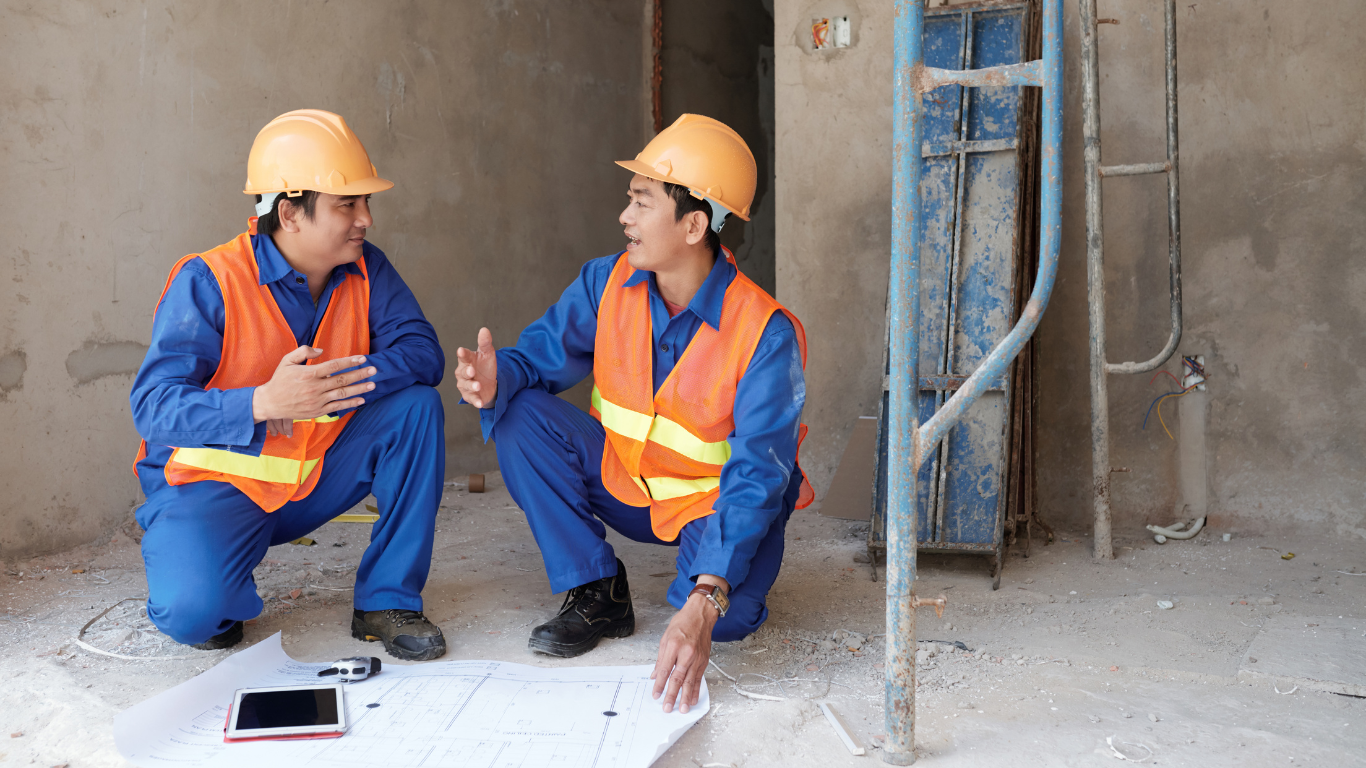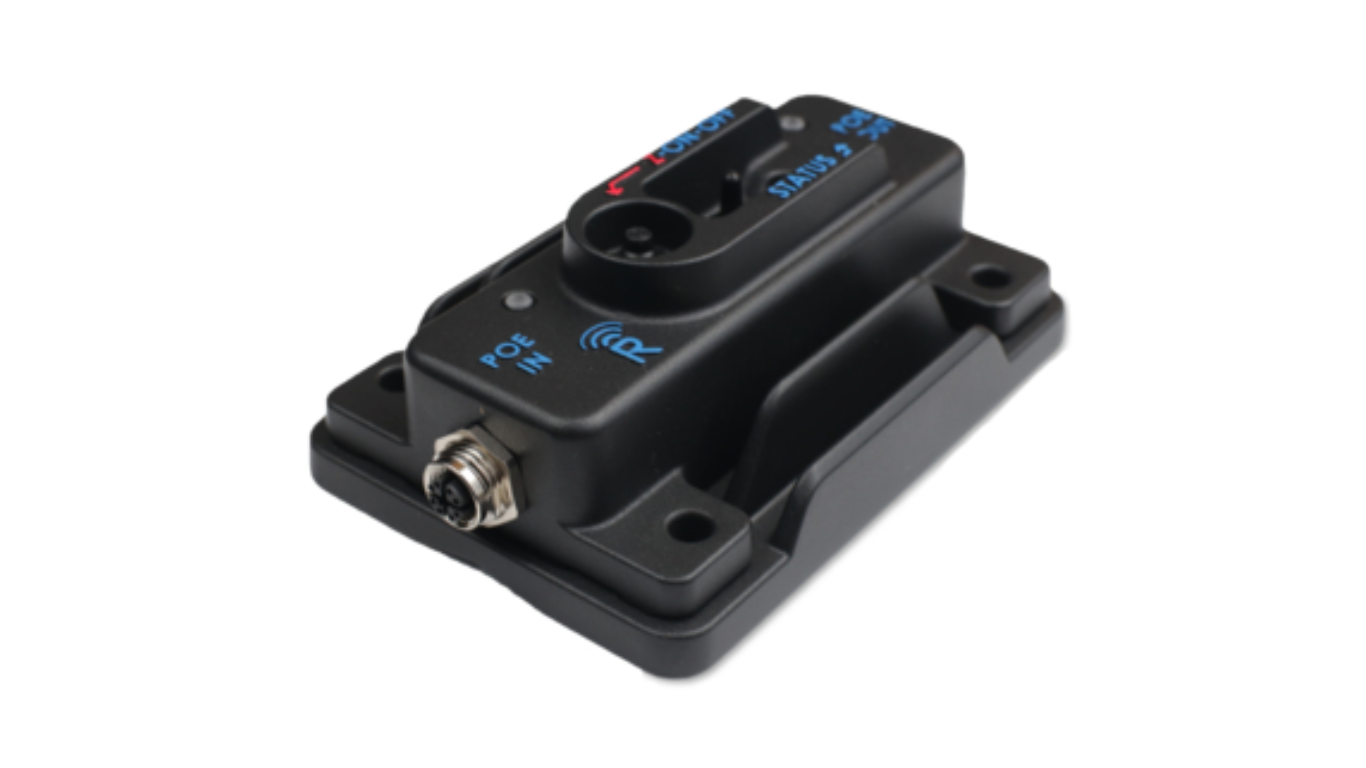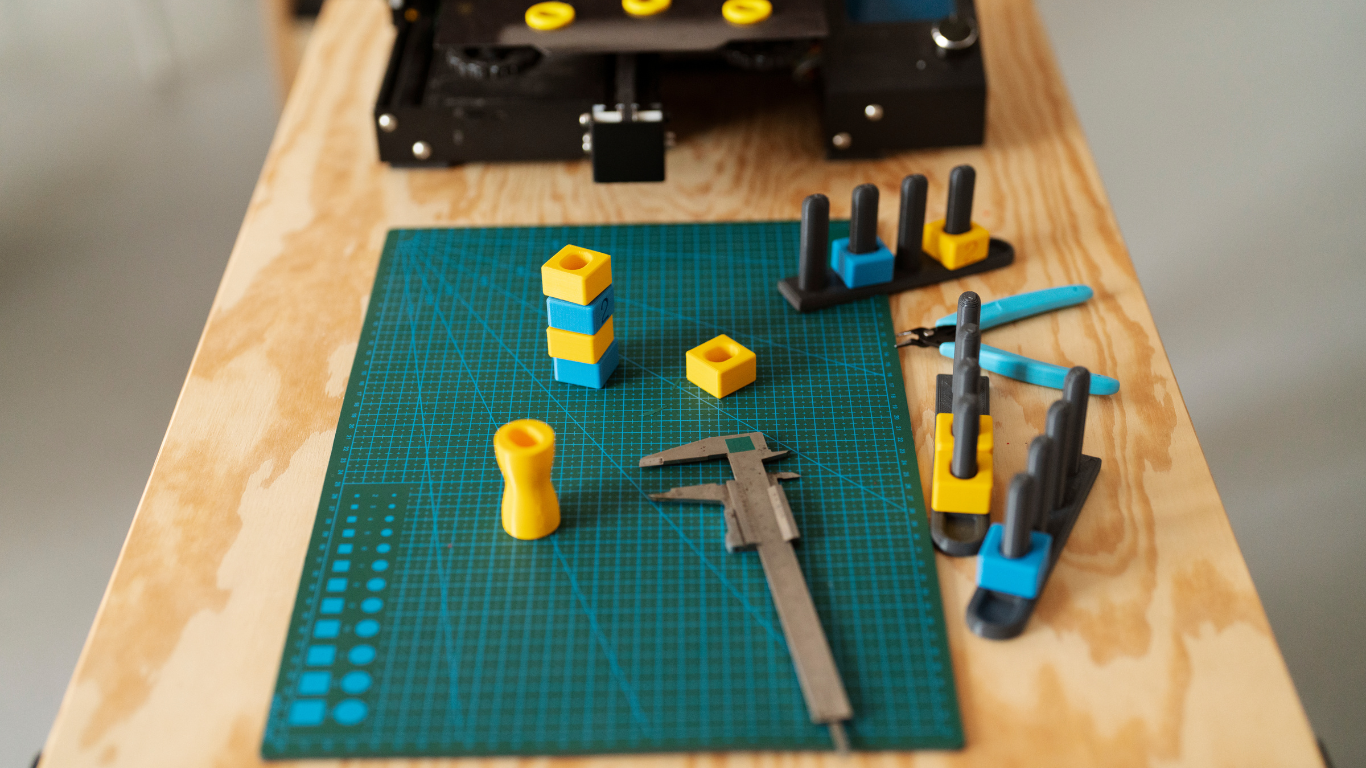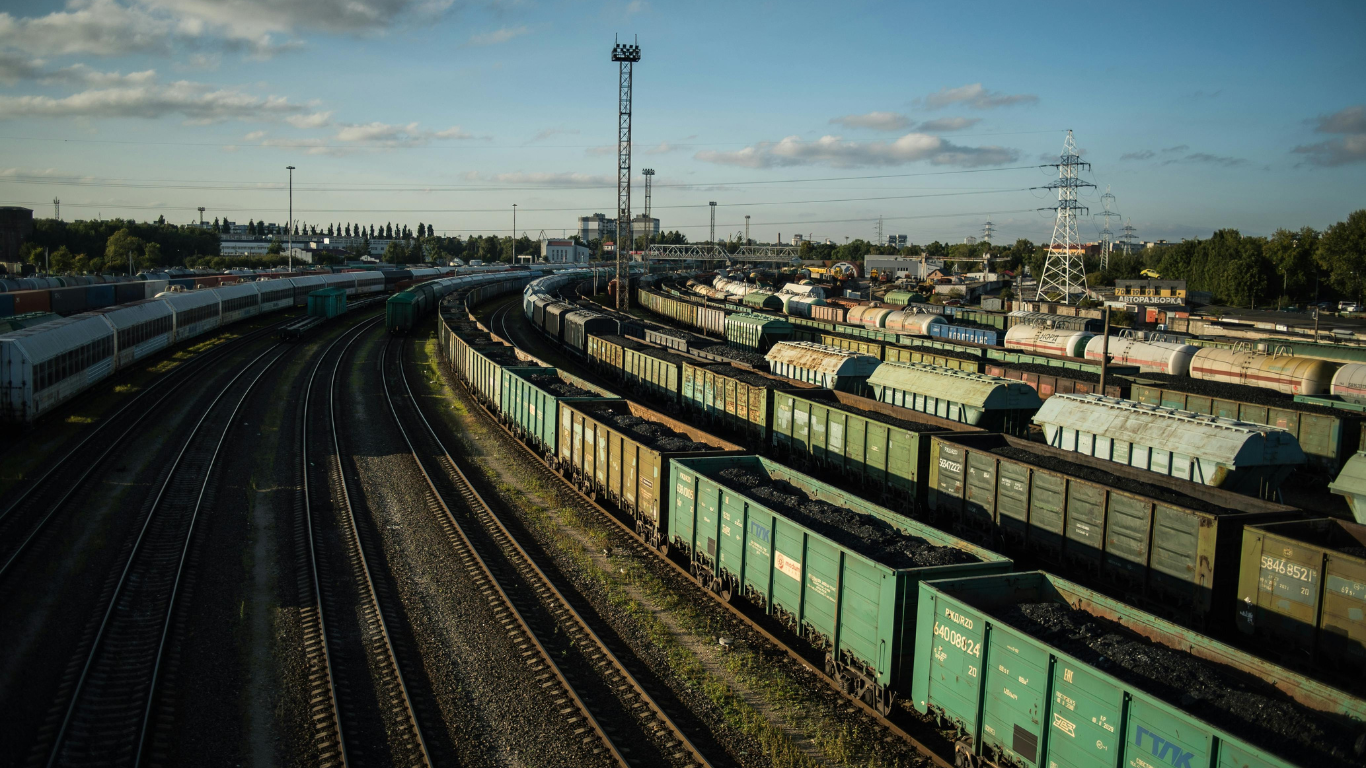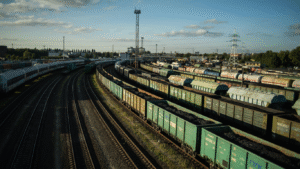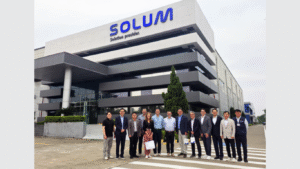Construction sites in Queens operate under some of the most detailed labor laws in New York. These rules shape how accident claims move forward and often decide who holds responsibility after an injury. Local labor laws directly affect construction accident claims by defining employer duties, worker rights, and the standards used to prove negligence.
These laws, including New York Labor Law Sections 200, 240, and 241, set strict safety requirements for construction work. They hold employers and contractors accountable for unsafe conditions, especially in cases involving scaffolds, falls, or equipment failures. As a result, understanding these laws can make the difference between a denied claim and fair compensation.
Anyone involved in a construction accident in Queens benefits from knowing how these legal protections apply to their situation. The next sections explain how local labor laws influence claims, determine liability, and guide the process of securing rightful compensation.
Impact of Local Labor Laws on Construction Accident Claims in Queens
Local labor laws shape how construction accident claims move forward in Queens. These laws define safety duties, outline legal rights, and set strict time limits for filing claims. They also determine who can be held responsible for unsafe work conditions and how injured workers may recover compensation.
Key Provisions of New York Labor Laws
New York’s labor laws contain several sections that directly affect construction accident claims. The most relevant are Sections 200, 240, and 241, which outline safety obligations and liability rules for owners, contractors, and employers.
Section 200 requires all workplaces to provide reasonable protection for workers. Employers must keep equipment safe, maintain proper lighting, and remove hazards that could cause injury.
Section 241(6) imposes safety standards on excavation and demolition sites. It holds owners and contractors responsible for unsafe conditions that violate specific industrial codes.
Because these laws can be complex, experienced construction accident lawyers in Queens help injured workers identify which labor law provisions apply to their case. They can also determine whether a worker can pursue a lawsuit beyond standard workers’ compensation benefits.
Role of the Scaffold Law (Section 240)
Section 240, known as the Scaffold Law, protects workers who perform tasks at heights. It requires owners and contractors to provide safety devices such as scaffolds, ladders, and harnesses that can support at least four times the expected load.
If a worker falls or an object falls and causes injury, the law often imposes strict liability on the owner or contractor. This means the worker does not need to prove negligence to recover damages.
The law excludes single-family homeowners who do not control the project. However, for commercial sites and large residential projects, it strongly favors worker protection. This makes it one of the most significant legal tools for construction accident claims in Queens.
Statute of Limitations and Filing Deadlines
New York law limits how long an injured worker has to file a claim. Most personal injury lawsuits must be filed within three years of the accident. Claims against government entities usually require a Notice of Claim within 90 days.
Missing these deadlines can prevent recovery, even if the case has strong evidence. Therefore, prompt action is necessary after an accident.
Lawyers who handle construction injury cases often guide clients through these time limits. They help gather evidence, file paperwork, and protect the worker’s right to compensation before deadlines expire.
Determining Liability and Pursuing Compensation
Liability in a Queens construction accident depends on who failed to follow safety rules or maintain proper work conditions. Compensation may come from workers’ compensation or through a third-party lawsuit that targets negligent parties beyond the employer.
Identifying Liable Parties in Construction Accidents
Construction sites in Queens often involve multiple parties, which can make identifying liability complex. Property owners, general contractors, subcontractors, and equipment manufacturers may each share responsibility if safety violations occur.
For example, a fall from scaffolding might involve a contractor who ignored safety codes or an equipment supplier that provided defective gear. Each party’s duty depends on their role in the project and their control over the work area.
Liability often arises from unsafe work conditions, inadequate training, or defective equipment. Under New York’s Labor Law Section 241(6), owners and contractors must maintain safe environments. If they fail, injured workers may file a construction accident lawsuit to recover damages for medical bills, lost wages, or pain and suffering.
Workers’ Compensation Versus Third-Party Claims
Injured workers in Queens usually start with a workers’ compensation claim, which covers medical treatment and partial wage replacement. This system does not require proof of fault but limits recovery to specific benefits. It does not include damages for pain, suffering, or emotional distress.
If another party besides the employer caused the accident, the worker may pursue a third-party claim or personal injury lawsuit. For instance, an equipment manufacturer could be liable for an equipment malfunction, or a subcontractor might face claims for safety violations.
A third-party claim allows broader compensation, such as payment for rehabilitation or permanent disability. However, the injured person must prove negligence. A construction accident attorney can help determine whether both claims can proceed without violating workers’ compensation rules.
Evidence Collection and Legal Representation
Strong evidence supports both workers’ compensation and third-party claims. Key proof includes incident reports, witness statements, photographs of unsafe conditions, and medical records showing the extent of injuries.
Accident victims should document every expense and keep track of lost wages. This information helps their attorney calculate a fair settlement and demonstrate how the injury affected daily life.
A skilled construction accident lawyer investigates the site, interviews witnesses, and consults experts to link the injury to safety violations. Effective legal representation helps injured workers deal with insurance companies and pursue the maximum compensation allowed under New York law.
Conclusion
Local labor laws in Queens set clear rules that shape how construction accident claims move forward. These laws hold property owners and contractors responsible for keeping worksites safe and following the New York State Industrial Code.
They also give injured workers the right to seek compensation beyond standard workers’ compensation benefits. This legal path depends on proving that a safety rule was broken and that the violation led to the injury.
Understanding these laws helps injured workers protect their rights and build stronger claims. Therefore, anyone involved in a construction accident in Queens benefits from knowing how local labor laws define liability and guide the claims process.
Article received via email


